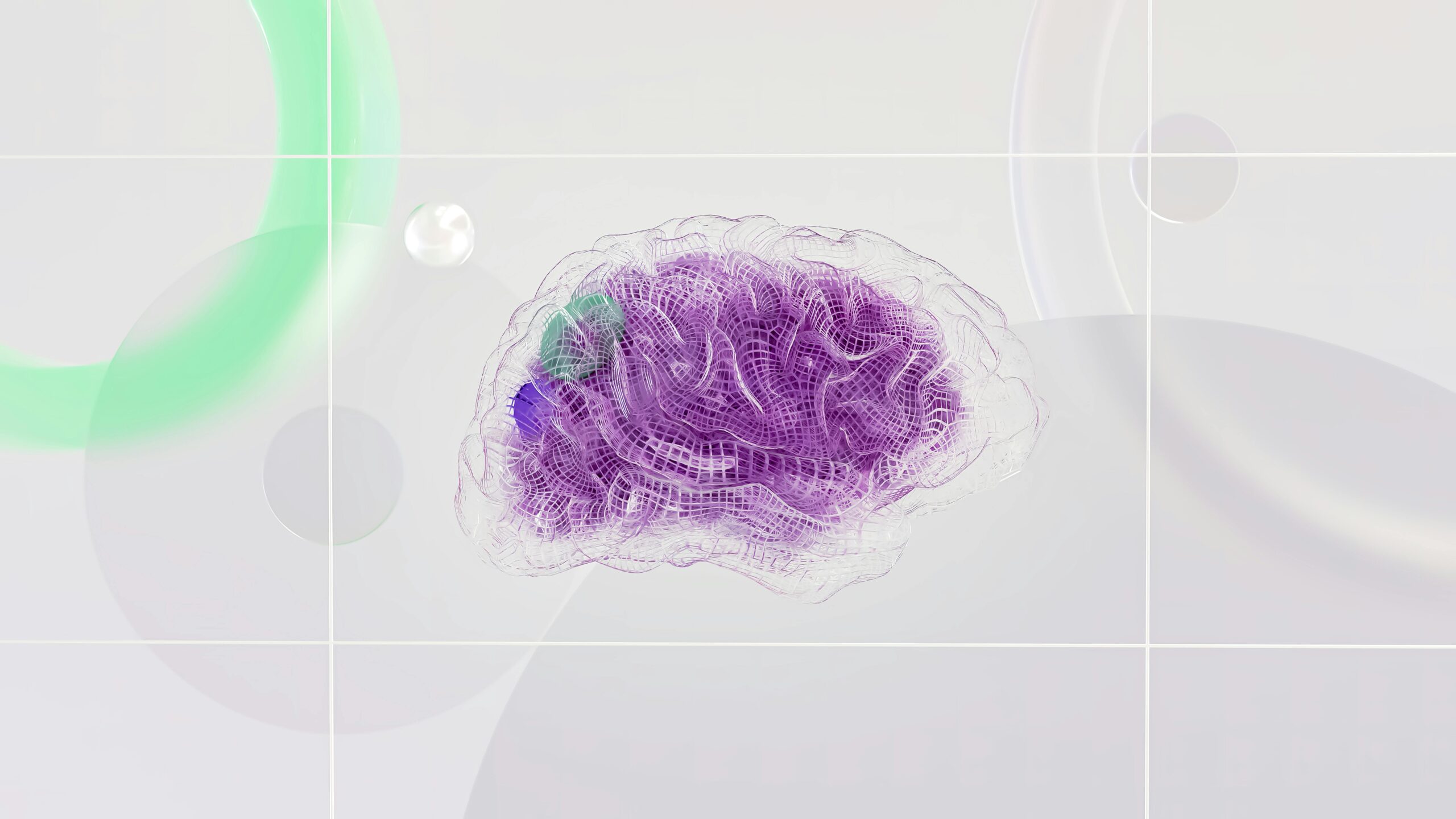
Understanding the New Paradigm: Self-Evolving AI
For years, artificial intelligence has largely revolved around training models with massive datasets and relying on human engineers to fine-tune their performance. These traditional systems are often rigid, requiring substantial manual intervention to adapt to new challenges. The current wave of innovation breaks from this mold, introducing AI systems that possess the remarkable ability to learn, adapt, and improve themselves – all without constant human guidance. These systems aren’t simply reacting to data; they are actively reshaping their own operational framework to optimize performance. The shift represents a move from programmed responses to a capacity for genuine, self-directed evolution.

Self-Evolving AI and Code Rewriting: A Revolutionary Leap
A cornerstone of this new era is the ability of AI models to autonomously rewrite their own code. This represents a significant leap beyond traditional machine learning, which typically relies on fixed architectures and manual updates. MIT’s recent research demonstrates that these AI systems can now observe their own performance, meticulously identify inefficiencies or errors, and dynamically modify their underlying code to achieve better results. This self-modification capability isn’t just about bug fixes; it’s about fundamentally reshaping the AI’s architecture to handle new challenges and thrive in unfamiliar environments. This adaptability is crucial for applications where conditions are constantly changing, and pre-programmed responses are simply insufficient.
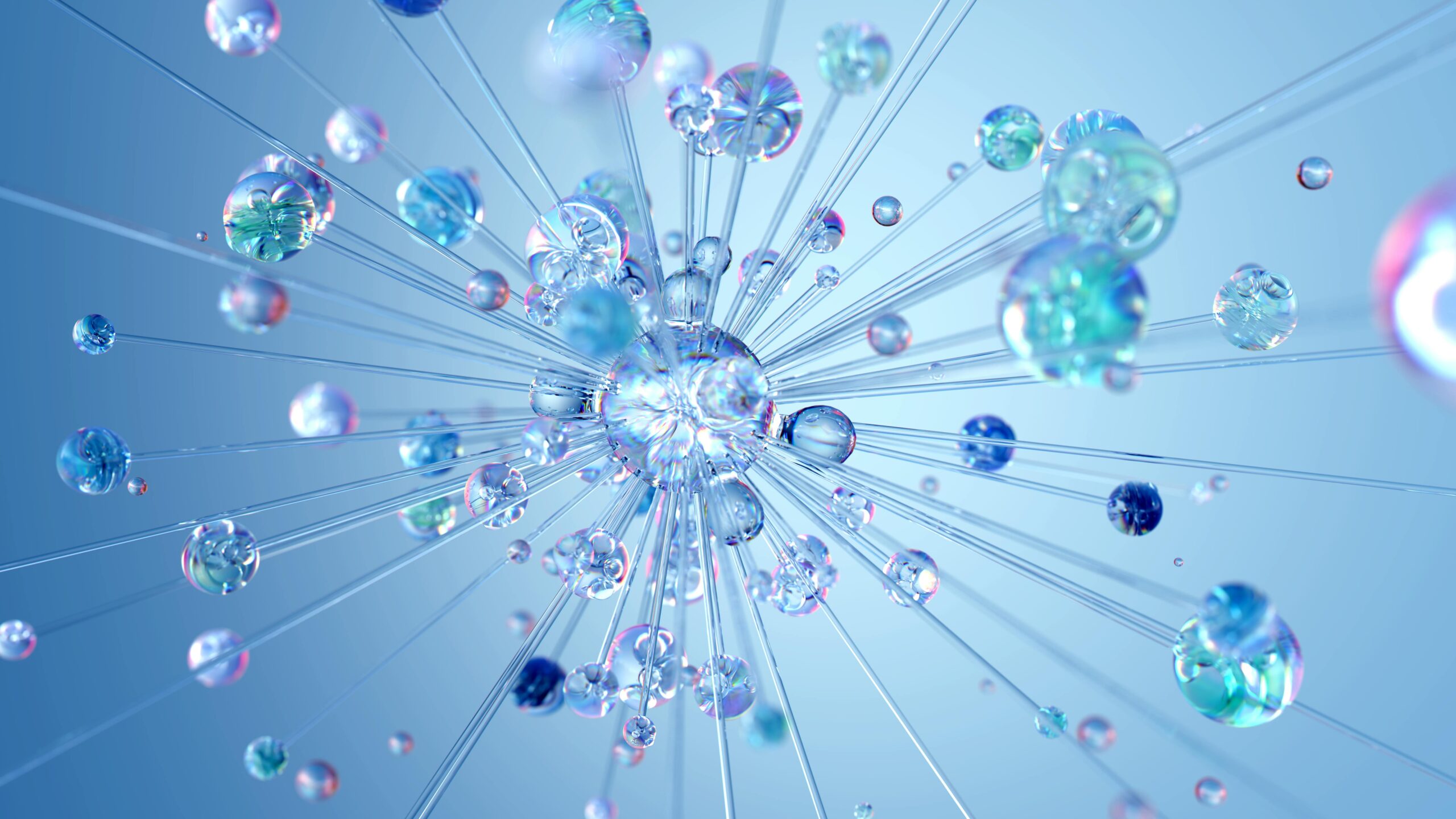
Continual and Lifelong Learning: Never Stopping the Process
Unlike conventional AI models, which undergo a single training phase and remain largely static thereafter, these new systems operate on a principle of continual learning. They relentlessly ingest new data, diligently update their knowledge base, and consistently refine their skills – all in real time. This approach, commonly referred to as continual or lifelong learning, allows the AI to remain current, avoid the inevitable obsolescence that plagues many existing systems, and respond proactively to dynamic circumstances. The WIRED article highlights an AI model that seamlessly integrates new information, effectively preventing the “catastrophic forgetting” that often hinders traditional AI, where learning new information can inadvertently erase previously acquired knowledge.
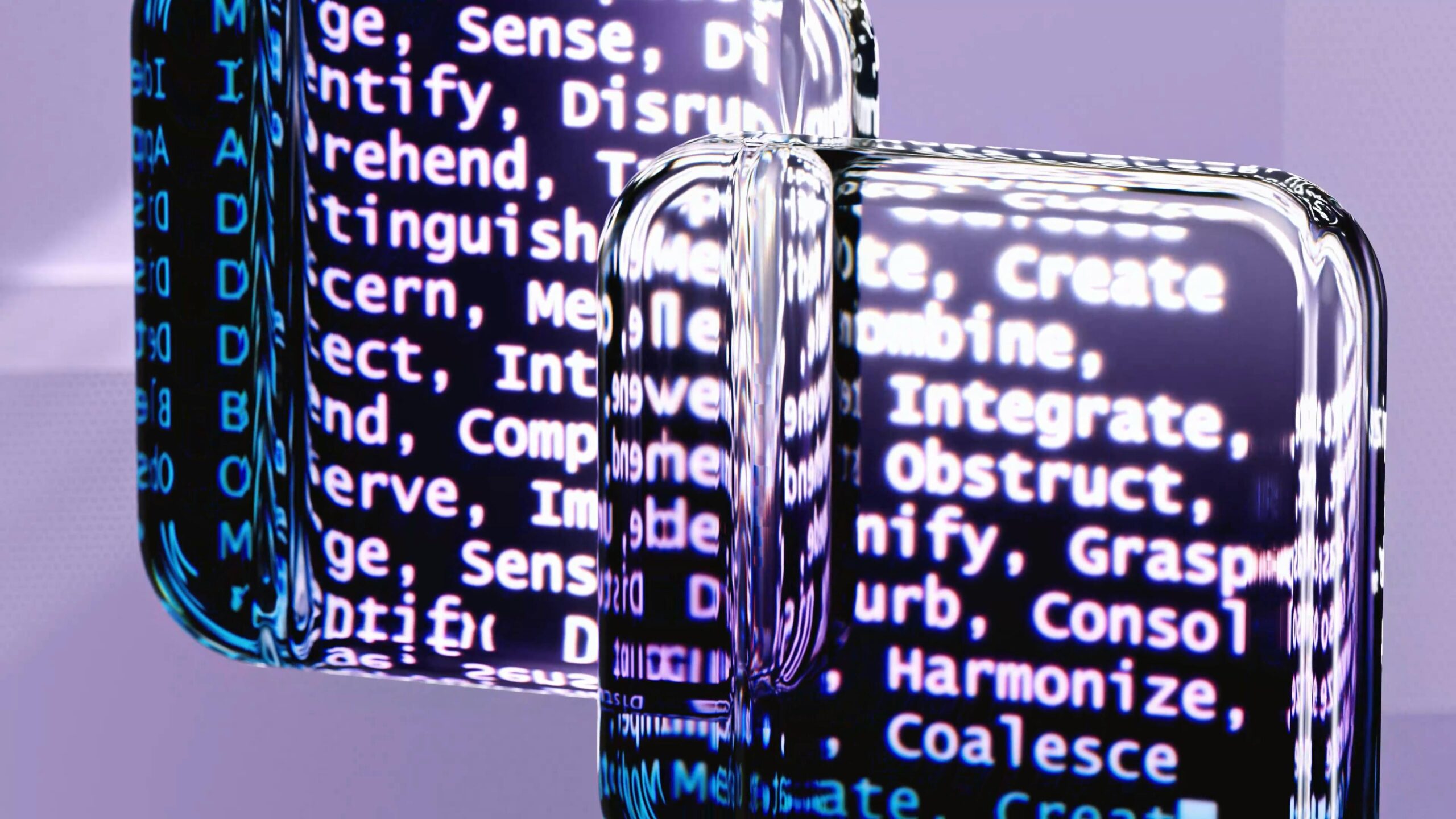
MIT’s SEAL: Architecting Self-Improvement
MIT researchers have unveiled SEAL (Self-Evolving Adaptive Learner), a cutting-edge AI architecture specifically designed to autonomously improve itself. SEAL represents a confluence of advanced techniques, including neural architecture search, reinforcement learning, and meta-learning. The combined power of these approaches enables SEAL to identify and implement superior learning strategies over time. Specifically, it can systematically experiment with various model structures and learning algorithms, selecting those that yield the most favorable outcomes for given tasks. The self-improvement loop facilitated by SEAL significantly accelerates progress and drastically reduces the need for human engineers to intervene or redesign models. This automation of the improvement process is a key differentiator in the field.
The Darwin Gödel Machine: Embracing Evolutionary Principles
Another pioneering project, the Darwin Gödel Machine, takes inspiration from both biological evolution and the rigor of formal logic. This ambitious AI system is capable of generating and testing new algorithms, strategically retaining successful modifications, and discarding ineffective ones. Its innovation lies in a meta-reasoning process that rigorously proves that a proposed change will enhance performance before it’s implemented. This ensures that every self-modification is genuinely beneficial. The evolutionary approach employed by the Darwin Gödel Machine empowers the AI to autonomously discover novel solutions and optimize itself for complex and ever-changing environments. The very structure mimics the process of natural selection, leading to increasingly effective algorithms.
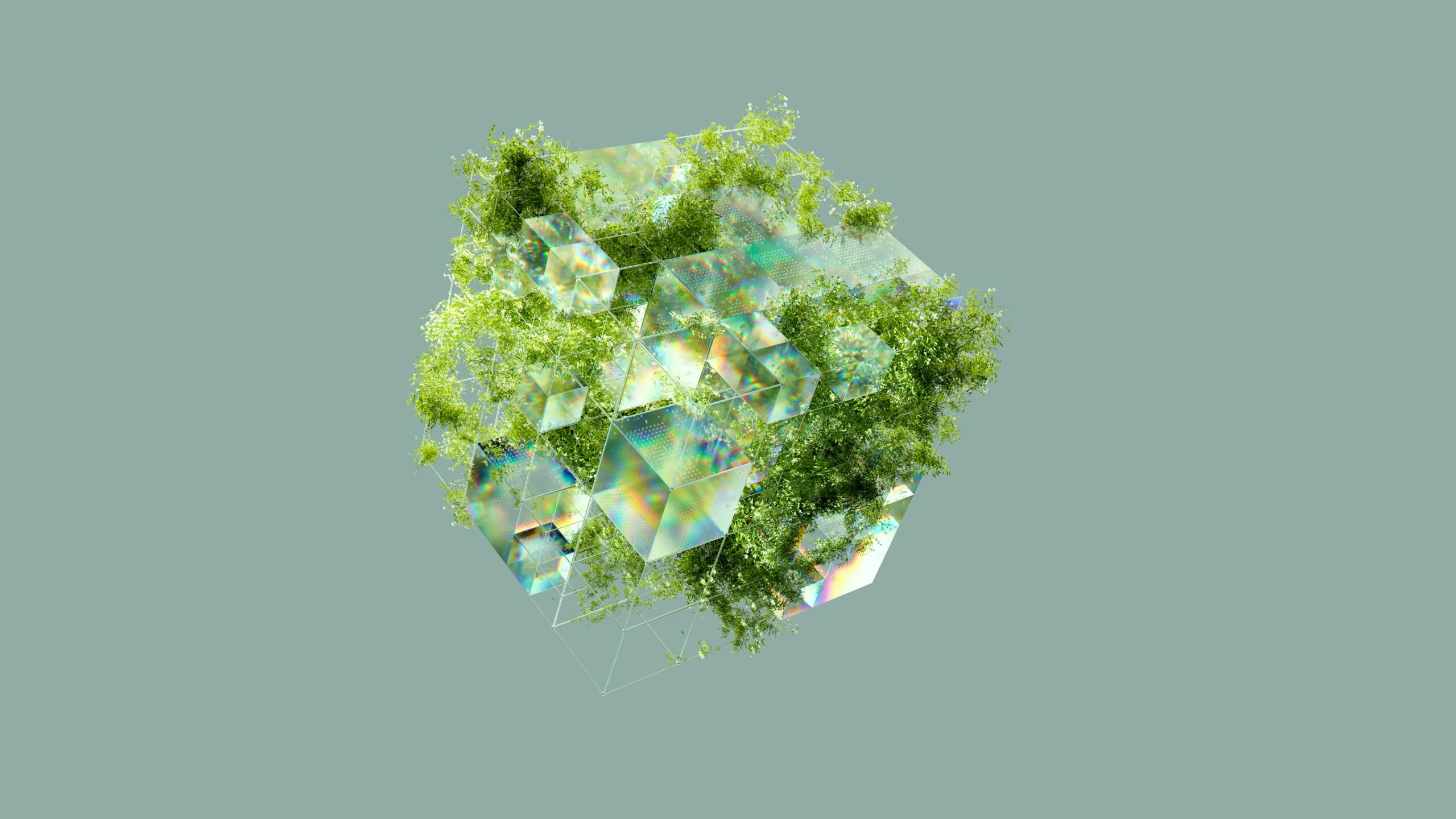
Implications and Transformative Potential: Shaping the Future
These breakthroughs in self-evolving, continually learning AI mark a monumental shift in the field, promising to reshape numerous industries and applications:
- Autonomy: AI systems can now operate, adapt, and improve with minimal human oversight, opening doors to entirely new applications in dynamic and unpredictable settings.
- Robustness: Constant learning and evolution makes these models less prone to failure or obsolescence, ensuring greater reliability for long-term deployment.
- Innovation: Self-improving AI can unearth creative solutions that might elude human designers, driving rapid progress in fields like robotics, scientific research, and even artistic creation.
- Efficiency: The ability to self-optimize reduces the considerable time and resources traditionally required for model maintenance and retraining, freeing up valuable human expertise.
Navigating the Challenges and Considerations: A Responsible Approach
While the potential of self-evolving AI is undeniably transformative, it also brings forth crucial questions that demand careful consideration:
- Safety and Control: Ensuring that self-modifying AI remains aligned with human values and goals is a paramount challenge that requires ongoing research and robust safeguards.
- Transparency: As AI systems become increasingly autonomous, the complexity of understanding and auditing their decision-making processes becomes significantly greater, necessitating new tools and techniques for explainability.
- Ethics: The possibility of AI evolving in unexpected ways necessitates proactive oversight and the development of comprehensive ethical frameworks to guide its development and deployment.
Conclusion: A New Era of Intelligent Machines
The emergence of self-evolving, code-rewriting, and continually learning AI systems, exemplified by MIT’s SEAL and the Darwin Gödel Machine, represents a transformative leap in the realm of artificial intelligence. These groundbreaking models embody the long-held vision of AI that can autonomously adapt, improve, and innovate, heralding a future where machines are not merely tools, but dynamic partners in discovery and problem-solving. The journey has just begun, and the potential for these systems to reshape our world is truly remarkable.
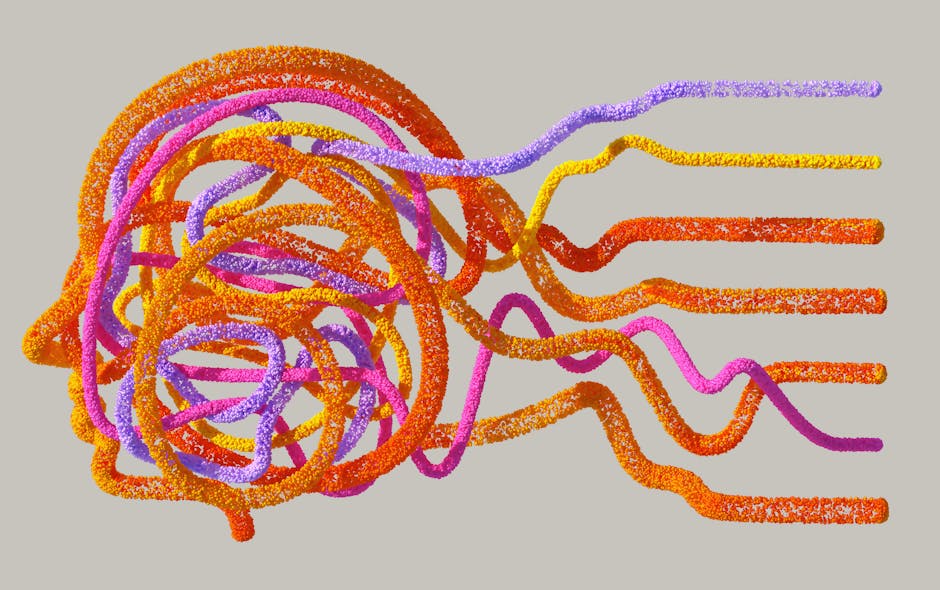



Leave a Reply
You must be logged in to post a comment.